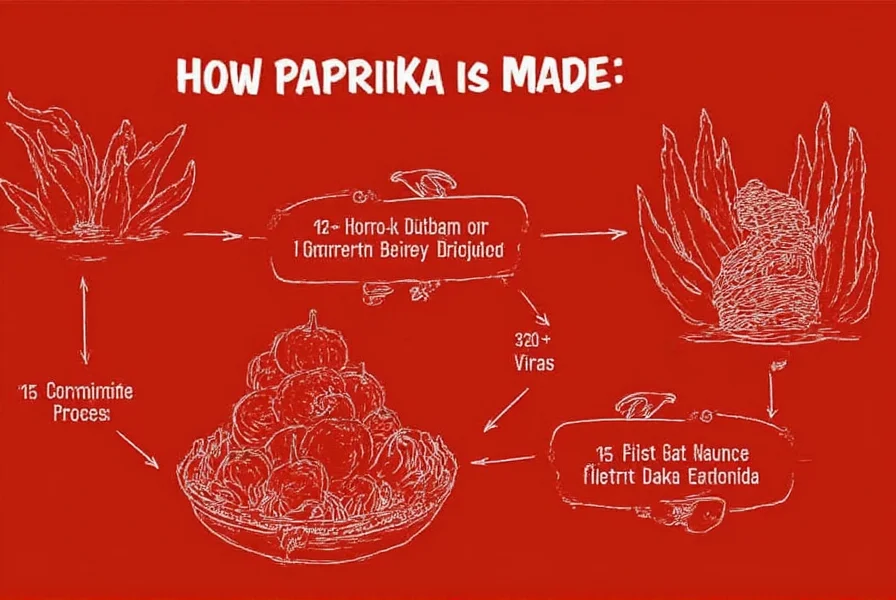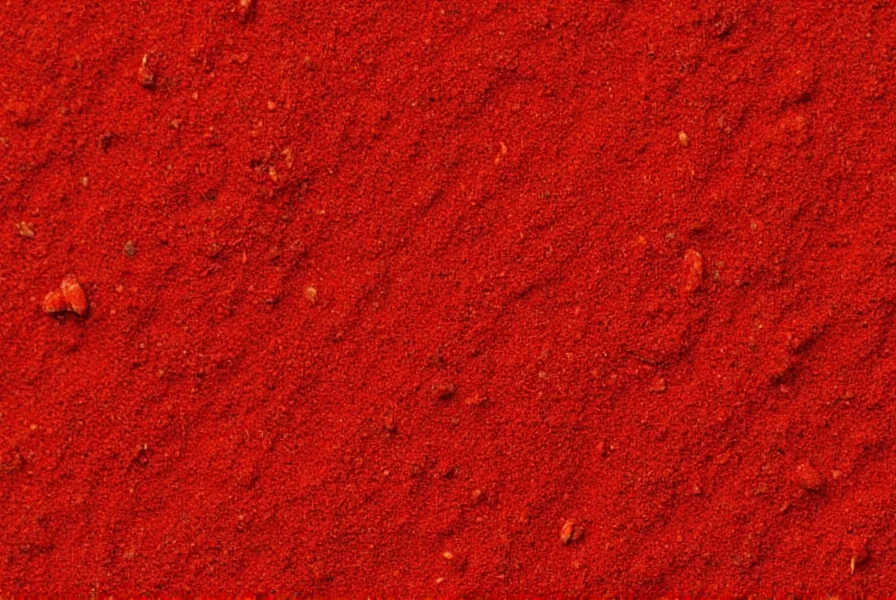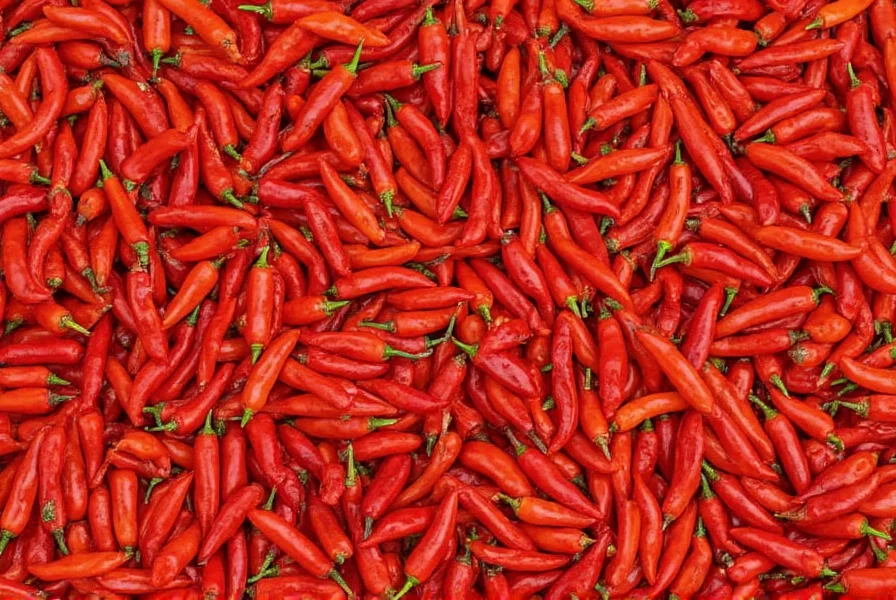Many home cooks mistakenly believe they can easily make paprika from fresh peppers, but creating authentic paprika requires specific pepper varieties and precise drying techniques that are challenging to replicate outside commercial facilities. Understanding how paprika is actually produced helps you select better quality spice and use it more effectively in your cooking.
What Paprika Really Is (And Isn't)
Paprika refers to a vibrant red spice made from ground peppers belonging to the Capsicum annuum species. It's crucial to distinguish between paprika (the spice) and paprikash (a traditional Hungarian stew). The confusion often leads people to search for "how do you make paprika" when they actually want to prepare paprikash.
Authentic paprika production requires specific pepper varieties that provide the distinctive color and flavor profile. These aren't your standard grocery store bell peppers but specialized cultivars grown in particular regions known for paprika production, primarily Hungary and Spain.

The Commercial Paprika Production Process
Creating high-quality paprika involves several precise steps that ensure consistent color, flavor, and safety. Here's how commercial producers make paprika:
1. Pepper Selection and Harvesting
Producers select specific pepper varieties based on the desired paprika type:
| Paprika Type | Pepper Varieties Used | Flavor Profile |
|---|---|---|
| Sweet Hungarian | Kalocsai, Csemege | Mild, sweet, rich flavor |
| Hot Hungarian | Eszterházy | Noticeable heat with sweet undertones |
| Smoked Spanish (Pimentón) | ñora, Jaranda | Deep smoky flavor, varying heat levels |
| Sweet American | Bull's Horn, Bell peppers | Mild, slightly sweet |
2. The Drying Process: Critical for Quality
Drying represents the most crucial step in authentic paprika production. Commercial producers use one of two methods:
- Traditional air-drying: Peppers are strung on threads and hung in well-ventilated, shaded areas for 2-3 weeks. This slow process preserves flavor compounds better than rapid drying.
- Controlled environment drying: Modern facilities use temperature and humidity-controlled chambers set to 50-60°C (122-140°F) to dry peppers evenly without scorching.
Improper drying creates bitter flavors and reduces the vibrant red color that defines quality paprika. The peppers must reach 10-12% moisture content before grinding.
3. Grinding and Processing
After complete drying, producers remove stems and seeds before grinding. The grinding process significantly affects final quality:
- Traditional stone mills create less heat, preserving flavor compounds
- Modern stainless steel mills require cooling systems to prevent heat damage
- Fine grinding (80-100 mesh) produces the smooth texture characteristic of premium paprika
No fillers or anti-caking agents should be added to pure paprika. Some commercial products include silicon dioxide to prevent clumping, but traditional varieties contain only ground peppers.
Why You Can't Truly Make Paprika at Home
While you can dry and grind peppers at home, creating authentic paprika presents several challenges:
- Pepper variety limitations: Most home garden peppers lack the specific carotenoids that give commercial paprika its vibrant color
- Drying precision: Home drying methods often result in uneven moisture content, leading to mold or inconsistent flavor
- Grinding technology: Home grinders generate heat that degrades flavor compounds and color
- Seed content: Commercial producers carefully control seed-to-pepper ratios as seeds add bitterness
For those interested in the closest homemade alternative, you can create a paprika-like seasoning by drying specific sweet pepper varieties (like Hungarian wax peppers) and grinding them with a spice grinder kept cool with ice packs. However, the color and flavor won't match commercial paprika.
How to Select and Store Quality Paprika
Since making authentic paprika at home isn't practical, knowing how to select and store commercial paprika becomes essential:
What to Look for When Buying
- Bright, consistent red color (dull or brownish indicates age)
- Clear labeling of origin (Hungarian, Spanish, etc.)
- Harvest or production date (paprika loses potency within 6-12 months)
- Opaque packaging (light degrades paprika's color and flavor)
Proper Storage Techniques
To maximize shelf life and maintain flavor:
- Store in an airtight container away from light and heat
- Consider refrigeration in humid climates to prevent moisture absorption
- Buy smaller quantities more frequently rather than large bulk containers
- Check for freshness by rubbing a small amount between fingers - fresh paprika releases aroma immediately

Using Paprika Effectively in Cooking
Understanding how paprika is made helps you use it more effectively. Different paprika types work best in specific applications:
- Sweet Hungarian paprika: Ideal for traditional goulash and chicken paprikash - add toward the end of cooking to preserve flavor
- Hot paprika: Use in meat rubs and spicy sausage preparations - the heat withstands longer cooking times
- Smoked paprika (Pimentón): Adds depth to bean dishes, roasted vegetables, and barbecue sauces - use sparingly as flavor is potent
For the best flavor release, bloom paprika in warm oil before adding other ingredients. This technique, called "paprika oil," prevents the spice from becoming bitter when exposed directly to high heat.
Frequently Asked Questions About Paprika
Can I make paprika from bell peppers?
While you can dry and grind bell peppers, the result won't be authentic paprika. Bell peppers lack the specific carotenoids that give commercial paprika its vibrant red color and distinctive flavor. The resulting powder will be milder and less colorful than true paprika made from specialized pepper varieties.
Why does my homemade paprika turn brown instead of red?
Brown color in homemade paprika typically results from improper drying temperatures. When peppers dry above 60°C (140°F), the heat degrades the carotenoid pigments responsible for red color. Authentic paprika production uses slow, low-temperature drying to preserve these color compounds. Home drying methods often expose peppers to excessive heat or uneven drying conditions.
What's the difference between sweet and hot paprika?
The difference comes from both pepper selection and processing. Sweet paprika uses specifically bred mild pepper varieties with minimal capsaicin. Hot paprika contains peppers with higher capsaicin levels, sometimes with a portion of seeds and membranes included (where heat compounds concentrate). The production process for hot paprika often includes specific hot pepper varieties like Eszterházy in Hungarian paprika.
How long does paprika stay fresh after opening?
Properly stored paprika maintains optimal flavor for 6-12 months after opening. Signs of deterioration include faded color, diminished aroma, and a flat or musty taste. For longest freshness, store paprika in an opaque, airtight container in a cool, dark place - some chefs recommend refrigeration in humid climates to prevent moisture absorption that accelerates flavor loss.
Why is Hungarian paprika considered superior?
Hungarian paprika benefits from ideal growing conditions in the Kalocsa and Szeged regions, where specific soil composition and climate create peppers with exceptional color and flavor. Traditional production methods passed down through generations, including careful hand-sorting and slow air-drying, contribute to its reputation. Hungarian law also regulates paprika production, with strict quality standards for products labeled as Hungarian paprika.











 浙公网安备
33010002000092号
浙公网安备
33010002000092号 浙B2-20120091-4
浙B2-20120091-4